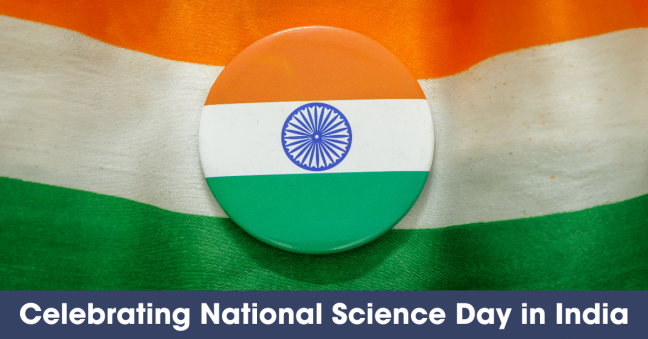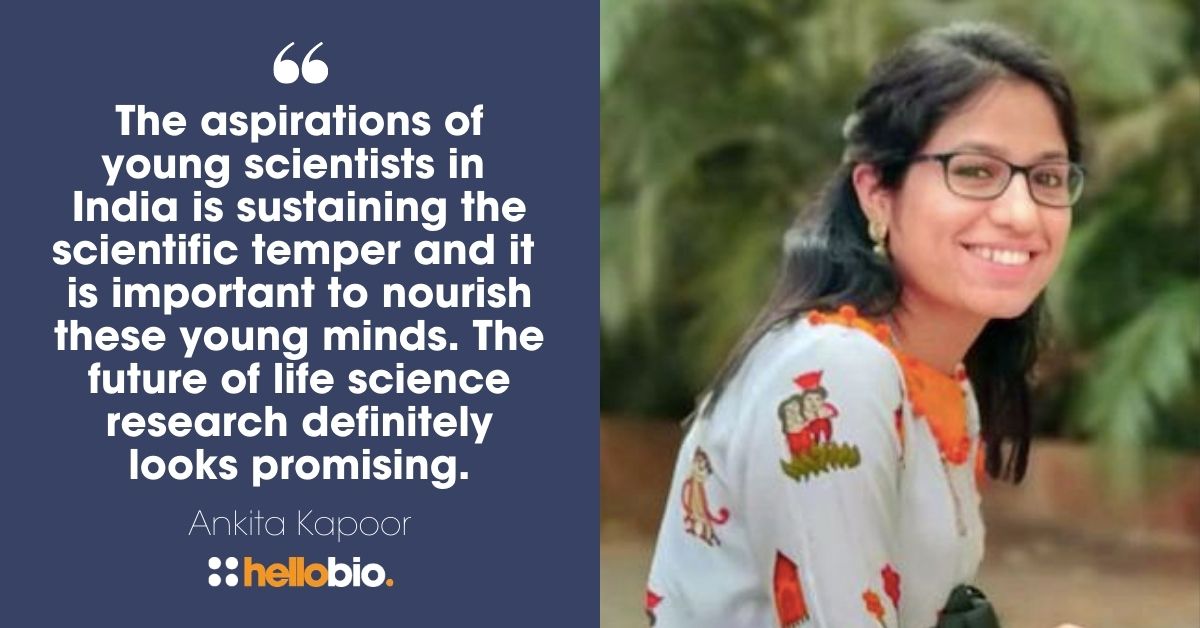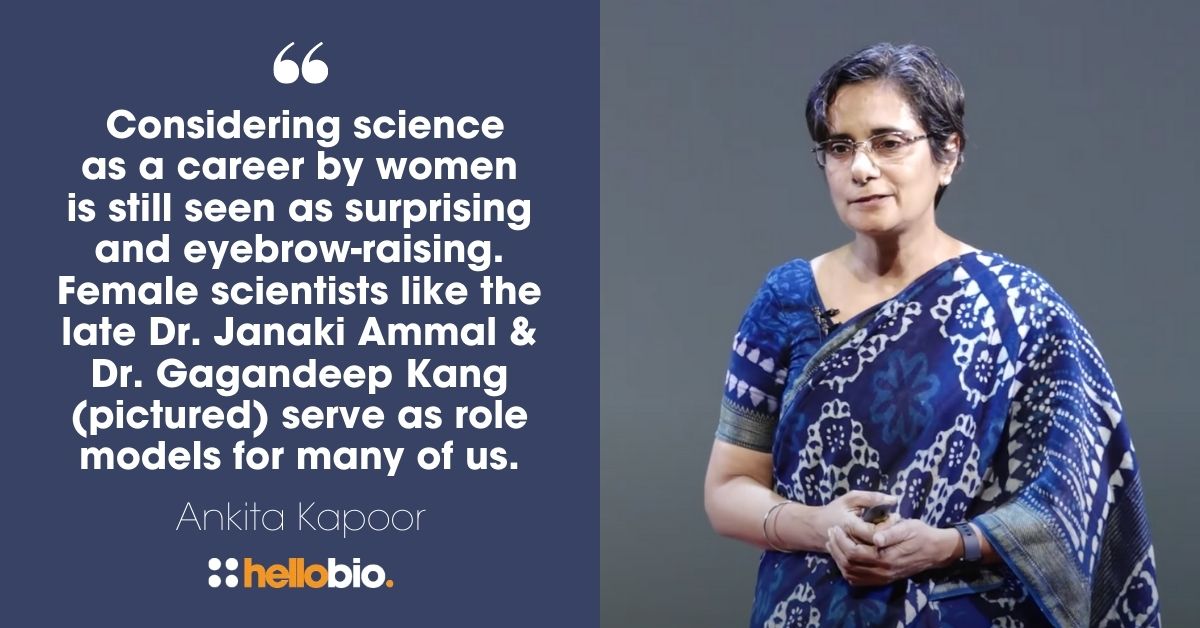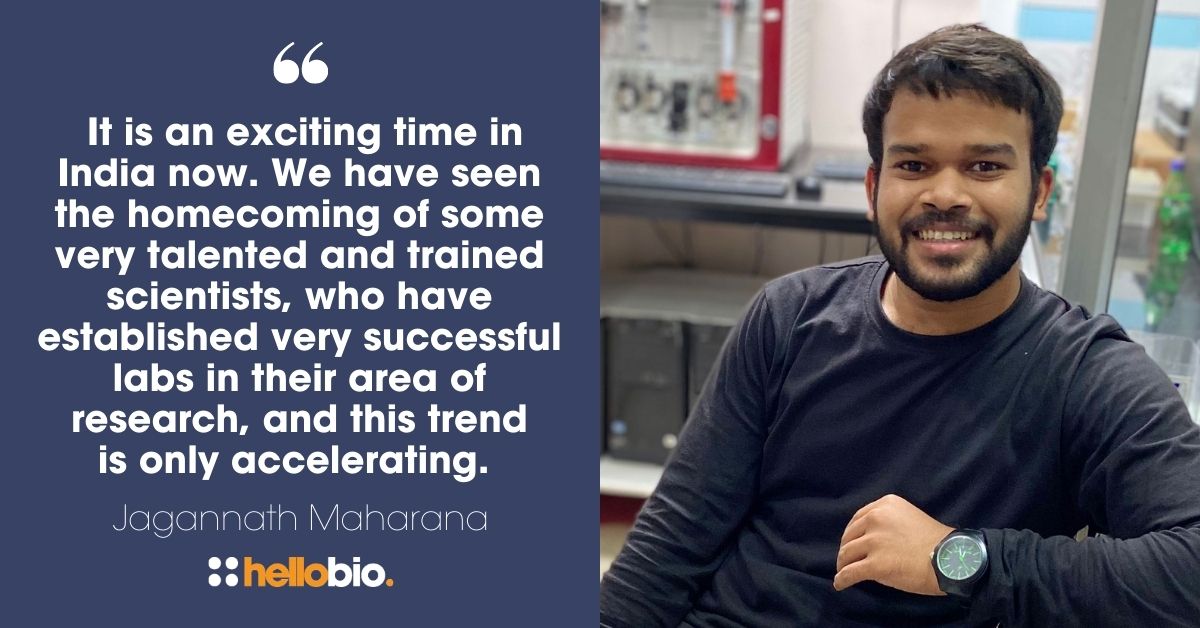Celebrating National Science Day in India
It’s National Science Day in India, and to mark the day we spoke to two Indian scientists currently working in life science research within the country. We asked their thoughts on a variety of issues including science communication in India, accessibility to funding and grants, opportunities for Indian women in STEM, and their hopes for the future of life science research in India.
Ankita Kapoor
Ankita Kapoor is a researcher working at inStem, Bangalore, India in Dr. Tina Mukherjee's lab. She graduated from St. Xavier's College, Kolkata in 2015 with a Masters degree in Biotechnology. She is researching the role of Olfaction in mediating immune response using Drosophila melanogaster as the model organism, and is also investigating the neuronal regulation of blood development.
Q: India is leading the way in IT and space travel research, but is less prominent in life science. What could be done to encourage more Indian scientists to consider a career in life science?
A: Providing more incentives and job opportunities with a decent pay scale can be a means to encourage more scientists to continue their careers in life science. We often see a large intake of students pursuing doctoral degrees, but their sustenance dwindles with time. Shifting the focus from just publishing to solving exciting problems in order to learn, would certainly motivate more scientists to continue and strive.
Q: How easy or difficult is it to obtain funding for science research in India?
A: The field of life science is getting fiercely competitive with more labs expanding and their interests overlapping. Hence, acquiring grants is challenging and sometimes the criteria laid down by the funding agencies is very specific. This further reduces the chances. Additionally, funds to support basic research are even harder to obtain, which can also be the case with international institutes.
Q: How difficult is it for women to pursue science careers in India? What additional support could be given?
A: The taboo of women staying away from home and becoming career-oriented has definitely been shunned by families across the length and breadth of India. However, considering science as a career by women is still seen as surprising and eyebrow-raising. Female scientists like the late Dr. Janaki Ammal and Dr. Gagandeep Kang serve as role models for many of us. Still, we have a long way to go and in this regard, having science clubs in schools, conducting workshops to ignite curiosity in children, allowing school/college students in for occasional lab visits, and providing scholarships to pursue higher studies in any scientific discipline, are some measures we can take to provide support to women scientists.
Q: How effective is science communication in India?
A: I think the field of science communication is still in its infancy in India, and not many know the significance of this aspect of science. The widely known saying “charity begins at home” is something we scientists need to adopt by trying to explain our research work to our families. This exercise would be an eye-opener because cancer treatment and producing medicine is what families truly relate to in science. This is where the importance of science communication becomes key as it serves as a bridge to mend this knowledge gap. On the brighter side, the essence of science communication is picking up pace, for example some premier institutes like NCBS/inStem (Bangalore) have a dedicated science communication office that works to bring the science from the labs to the people by bringing awareness and relatability. It is effective as it removes the pseudoscience beliefs, and showcases the actual science behind our processes.
Q: How has COVID-19 affected life science research in India?
A: The pandemic definitely halted the ongoing research work in labs across India, especially during the first wave owing to a nationwide lockdown. Limitations on manpower, delays in procuring reagents, acquisition of funds, and the inability to attend conferences became hurdles that affected scientific temper among students and faculties. The number of new admissions for PhD students was cut and some final year doctoral students faced delays in getting their manuscripts accepted to fulfil the PhD degree requirement. In these times, many research institutes channelled their efforts into setting up Covid testing facilities to cater to the demands of public healthcare like NCBS/inStem (Bangalore), CCMB (Hyderabad) and IISER Pune (Pune) to name a few. Also, several labs participated in the sequencing of patient samples, and in this endeavour, the INSACOG program run by the Department of Biotechnology (DBT) along with Council for Scientific & Industrial Research (CSIR) and Indian Council of Medical Research (ICMR) is one consortium which is still actively vested in this.
Q: What does the future look like for life science research in India?
A: The aspirations of young scientists in India is sustaining the scientific temper and it is important to nourish these young minds. The future of life science research definitely looks promising with more recruitment of students, increasing opportunities and fellowships/grants for start-ups, labs and early-career researchers, as well as exchange programs to communicate and learn science with other national and international institutes. In this regard, the encouragement and support provided by the government is reassuring.
Jagannath Maharana
Jagannath Maharana is a PhD student at the GPCR Biology Lab, IIT Kanpur, India. His primary focus is on studying the structural aspects of GPCR and GPCR-transducer complexes using Cryo-EM and other complementary approaches. Jagannath pursued a bachelor’s degree from the Regional Institute of Education, Bhubaneswar, and a master’s degree from the Banaras Hindu University, where he graduated with a gold medal. His passion for research led him to IIT Kanpur, and his work in the GPCR lab has contributed immensely to many major projects.
Q: India is leading the way in IT and space travel research, but is less prominent in life science. What could be done to encourage more Indian scientists to consider a career in life science?
A: In my opinion, I feel we have more branches of life sciences than any other stream in our colleges and universities. So, we may have more students in life sciences yet we are not making an impact in the way that our space science students do. The IITs (Indian Institutes of Technology) are a global success story. These institutes are established with a vision of training to produce world class scientists and engineers. The institutes are led by pioneers in the field and are run very professionally in order to maintain global standards. Whereas in the university system, barring a few, they are not always true to their vision. There can be political interference and they have a big problem in recruitment of new talent. For me, it’s simple. If institutes do not recruit good faculty members, they cannot produce good students.
Q: Are scientists trusted and well-respected by the general public in India?
A: I think scientists are held in high esteem in the eyes of the general public. In fact, in the case of COVID vaccinations, as soon as scientists came out in support of vaccines, the Indian population showed much less vaccine hesitancy compared to the western world.
Q: How easy or difficult is it to obtain grants or funding for science research in India?
A: India may seem resource-constrained, but I think there is no shortage of funding opportunities if you ask the right questions and put your case across effectively.
Q: What does the future look like for life science research in India?
A: It is an exciting time in India now. We have seen the homecoming of some very talented and trained scientists, who have established very successful labs in their area of research, and this trend is only accelerating. In fact, we are seeing very talented scientists who have been completely trained in India and are now establishing themselves as a force to be reckoned with. Going forward I see a great future for Indian science.
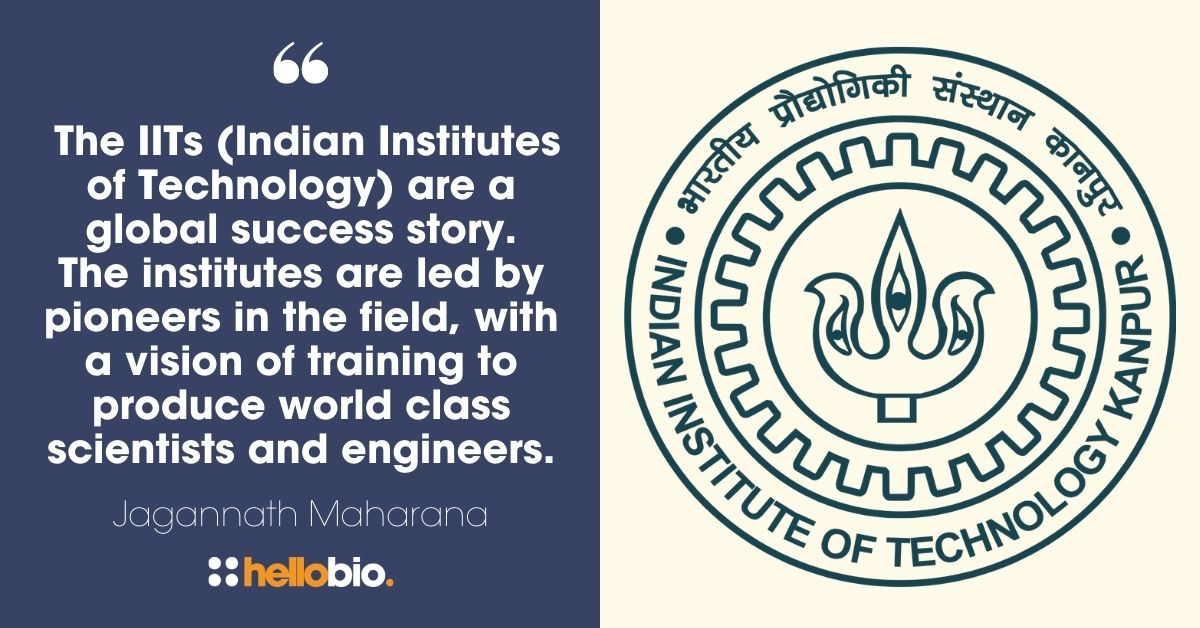
If you enjoyed this article, why not check out the other resources available on our blog. We are passionate about supporting life scientists including early career life scientists and PhD students - with really low-priced reagents and biochemicals, early career scientist grants, and resources to help with both personal and professional development. We know how tough it is - so we hope you find these helpful!
More General Support for Life Scientists
For advice on writing papers, dissertations, presenting at conferences, wellbeing, PhD support, networking and lots more, we have a huge range of articles to help - just click below:
Save up to 50% on our high purity reagents...
When you get to the stage of planning your experiments, don't forget that we offer a range of low-cost, high-purity agonists, antagonists, inhibitors, activators, antibodies and fluorescent tools (yes - they really are around half the price of other suppliers!) You can use our Quick Multi-Search Tool to search for lots of products in one go, and the range includes:
- Enzyme inhibitors and activators
- Chemogenetic ligands
- Ion channel modulators
- GPCR & ionotropic receptor ligands
- Cell biology reagents & biochemicals
Technical resources
Try our Molarity Calculator: a quick and easy way to calculate the mass, volume or concentration required for making a solution.
Try our Dilution Calculator: an easy way to work out how to dilute stock solutions of known concentrations
And finally, don't forget to check back in with our blog regularly for our latest articles. If there’s something you’d love to contribute to the community, whether that’s an interview or article, drop us a line at hello@hellobio.com
---





